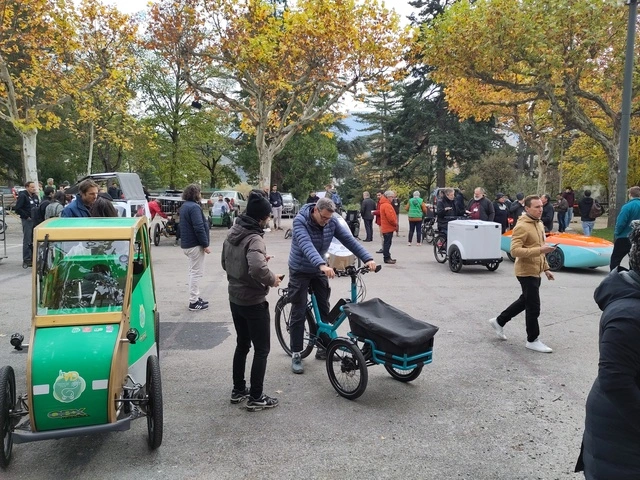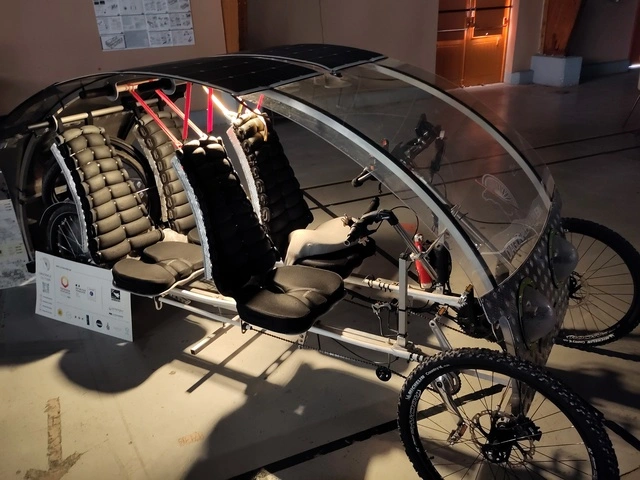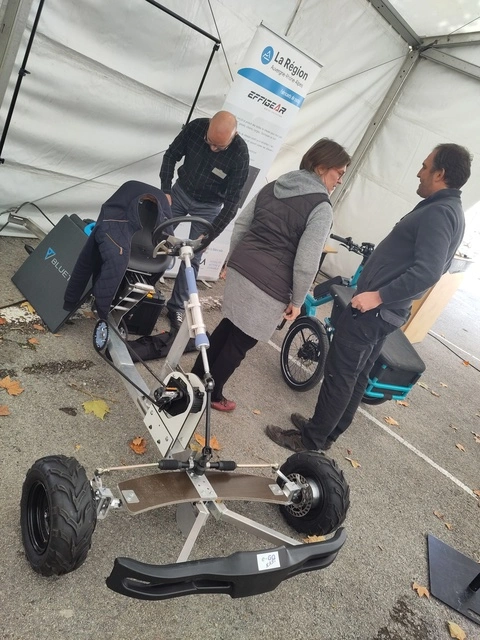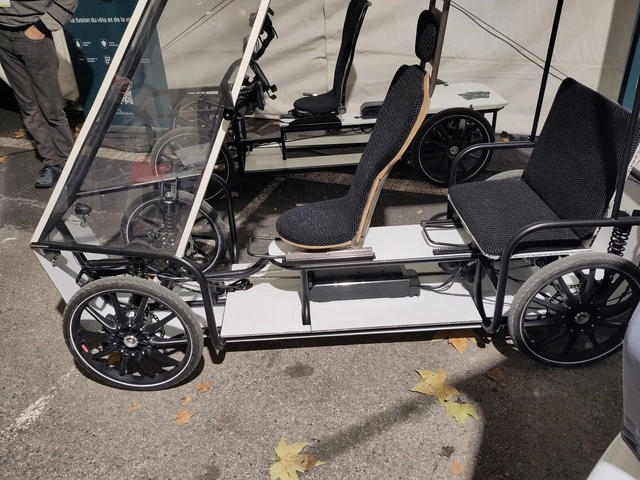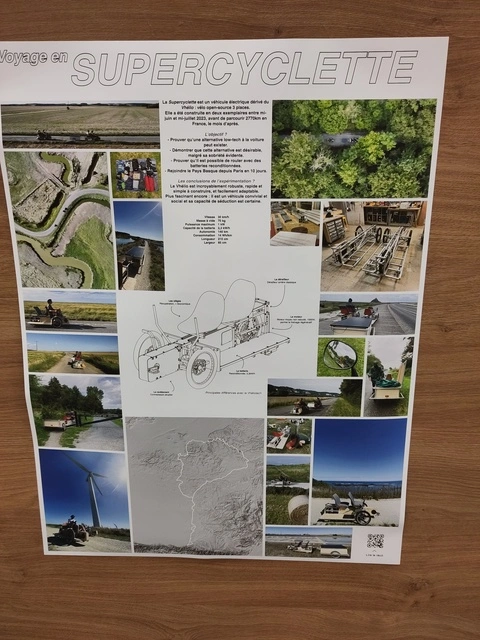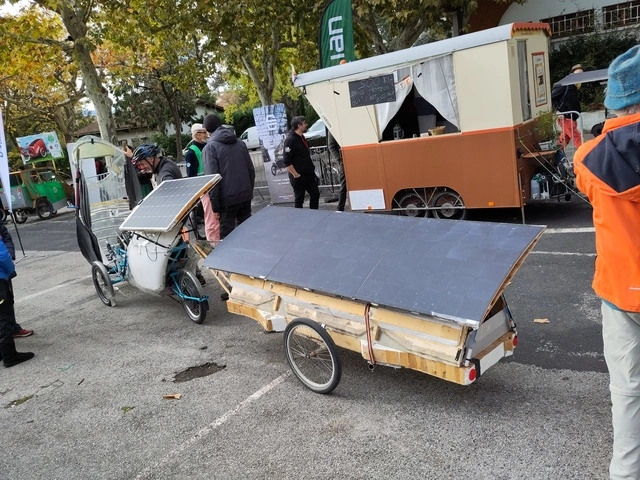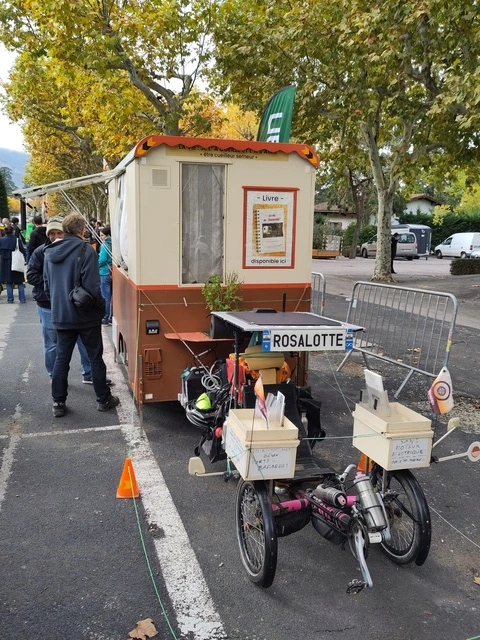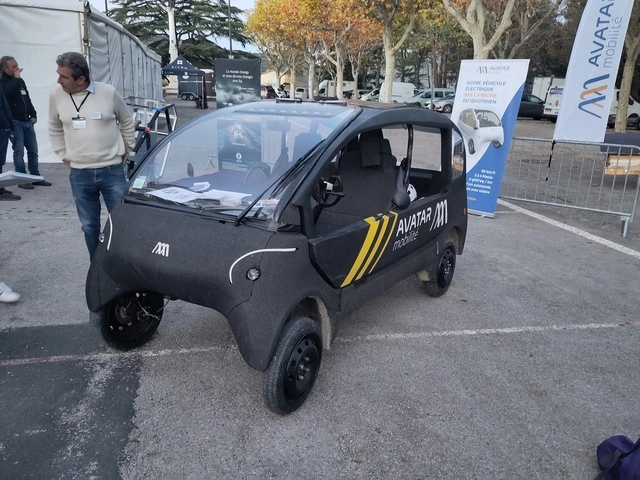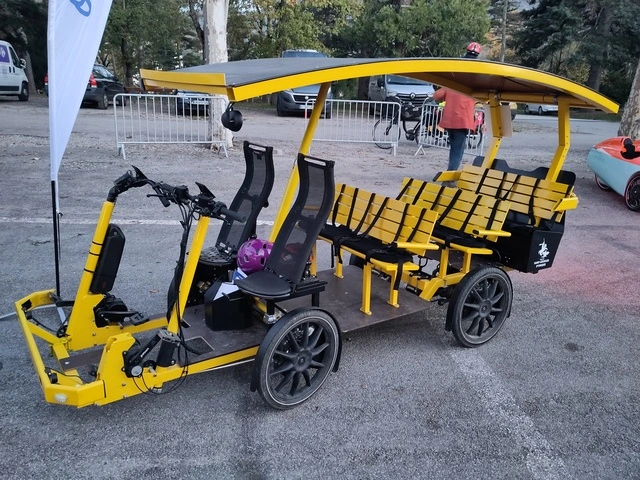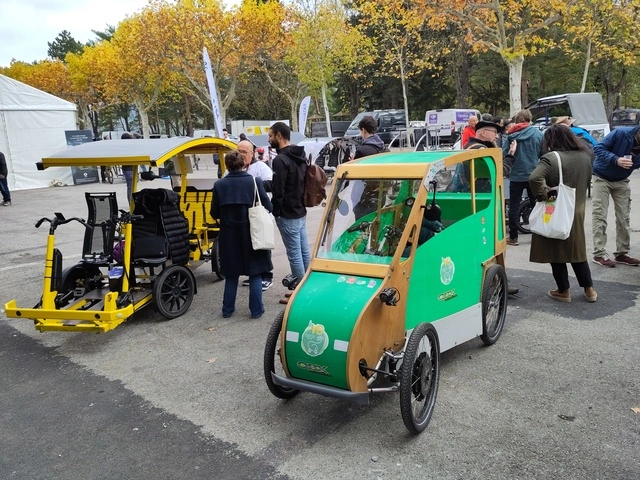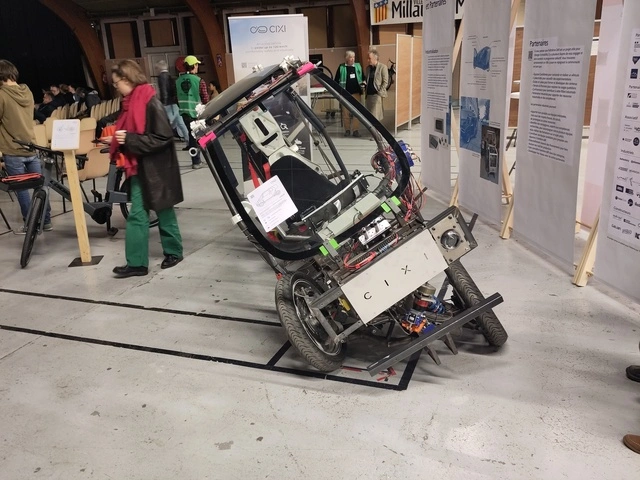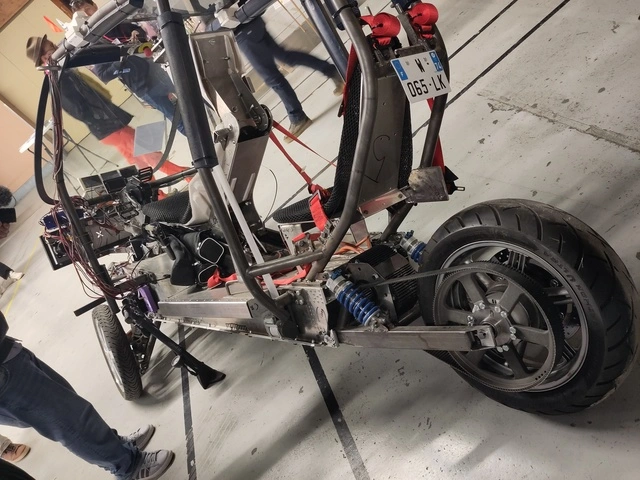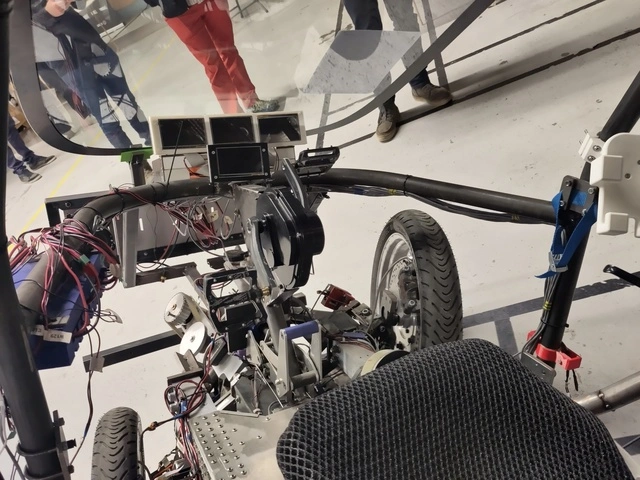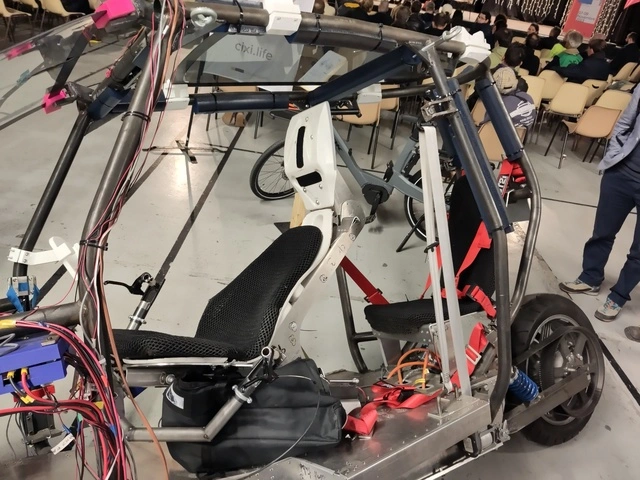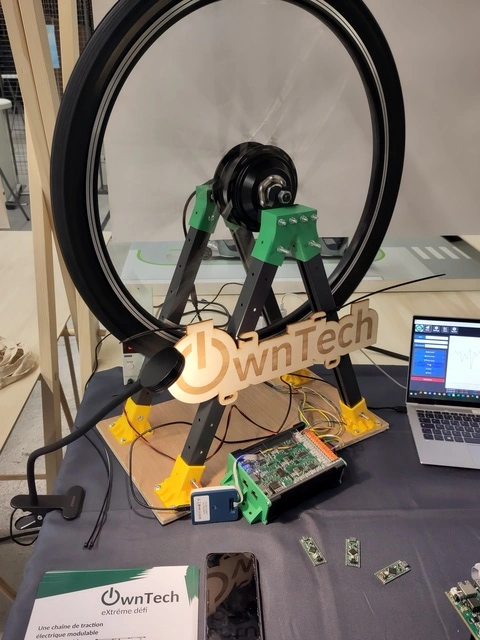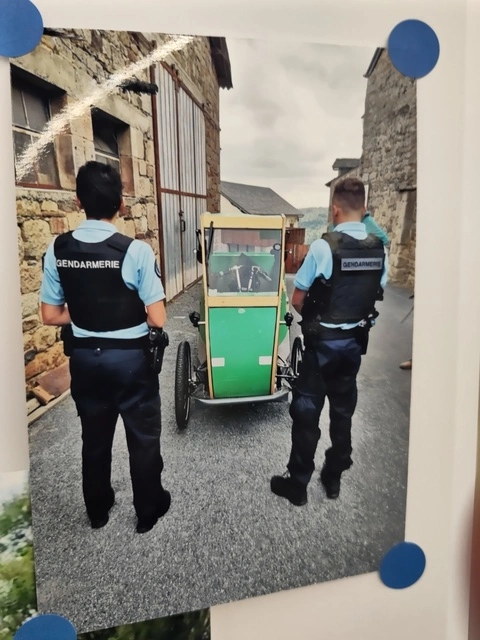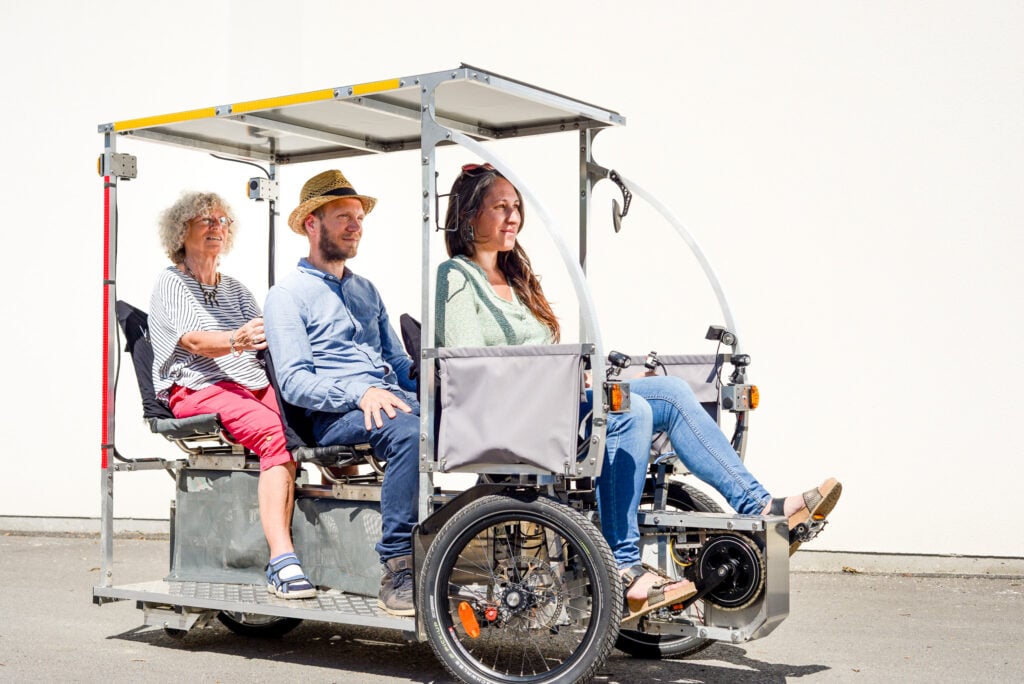Another glance at the more industrial parts of this solarpunk future. This one was inspired by the absolutely massive mountain of clothes which has been dumped, brand new and unsold, in the Atacama desert in Chile. The product of our society’s fast fashion industry and the complexities of our supply chains, a tremendous amount of energy and water is wasted producing these clothes, more energy is wasted shipping them, and then yet more is spent to haul them into the desert where they smother the landscape and ecosystem in cheap synthetic materials.
One of my overarching goals with this series is to show a society institutionally focused on reuse, rather than extraction and production. A society that thinks further ahead than we do, which produces what it needs, and thinks carefully about how to use and reuse and repurpose what it makes. A society where the wealth of usable product we currently throw away is treated like a natural resource to be found and traded between peoples engaged in the thousand year cleanup. I hope that in this future, the fast fashion industry is long dead, and that whatever demand for its products remains can be met using the absurd backlog of clothes produced unnecessarily and heaped in the driest desert in the world.
Which brings me to my other goal for this photobash. I’ve been wanting to do a scene with airships ever since the discussion we had here. In fact, I’ll probably do a few. Despite seeing relatively little use, airship design has advanced tremendously in the last hundred years. Improved materials have allowed them to take more effective shapes, and improved engines, motors, batteries, and computer systems, have made them much easier to control. While reading about historical airships, I was struck by the risk in doing almost anything with them, but especially by landing – which often required ground crews (‘landing parties’) of hundreds of men who would by strength of muscle, pull the thing down to the ground. By contrast, modern airships can land themselves right on the ground.
They also have pretty good potential as a sort of closed-loop system: If you covered the top of an airship with solar panels, you would have significant generation capacity, especially above the clouds (solar panels work better in the cold). You could use this to drive electric motors, and excess power could be used to generate hydrogen for both lift and fuel. This just needs water, which also makes an excellent ballast.
Helium is another option, but it’s a limited resource which, as I understand it, requires drilling to obtain.
Airships could open up some really cool possibilities: while they lack the speed of a jet, they have more capacity, and lower fuel requirements. While they lack the sheer capacity of a container ship, they're a lot faster and use way less fuel. They can also fly over land, meaning they can reach all kinds of places ships can't, and cut long detours around continents. Basically, container ships might be able to carry more, but they’re not as good at going from Boston to Seattle, and they suck at getting to Kansas City. What’s more, airships can act as flying cranes, lifting bulky objects like wind turbines or assembled buildings right over obstacles, and to places where roads or trains simply couldn’t carry them.
For the layout of this airshipyard, I decided that though modern airships can just land on the ground, the process of clearing and building a landing pad is environmentally destructive enough that this society would probably want to prioritize lower-impact mooring masts for waiting airships, and build just enough pads to match their loading capacity. This definitely wasn’t just because mooring masts, with the airships weathervaning around their tops in the wind, are tremendously cool. Or because the ugly metal towers reinforce some themes I've been playing with, trying to show that even in an aspirational solarpunk future, there are going to be places that don't look aesthetic but where utilitarian, practical designs make the most sense, and can have a beauty of their own.
I also included a massive airship shed, as I thought that even a smaller shipyard like this might need a maintenance capability and shelter for damaged airships grounded in bad weather. I’m not sure how well they could service the variety of craft currently moored, but hopefully with modern technology they can make it work. I imagine that the main airship yards would be located at major cities, and that these airships have already dropped off cargoes from their own points of origin, and are here to collect old world clothing and materials made from clothing.
The airships themselves are mostly pulled from modern designs and prototypes, with solar panels added to their tops. I’m particularly fond of ones like the Flying Whale on the top right, which can apparently work like a flying crane and winch cargo directly into the hold without landing.
Once this cleanup is complete, the mooring towers and buildings can be partially disassembled, and carried to the next place using the airships themselves. Hopefully all that will be left behind is the footings of the towers and a concrete slab in the desert with a plaque which reads something like ‘On this spot old world corporations made an ungodly mess. And generations of people worked hard to clean it up.’
This image, and the rest of the postcards are all CC-BY, use them how you want. Also: big thanks to @loopgru @Five, and @[email protected] for telling me enough about airships to get started on this one!
